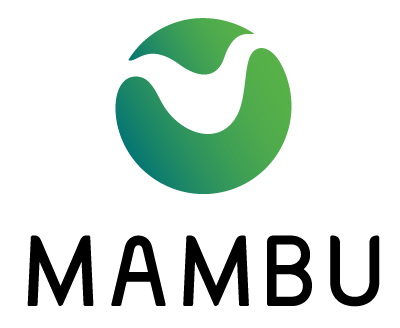- 13 Jan 2022
- 1 Minute To Read
- Print
- DarkLight
- PDF
Sending Secure Information
- Updated On 13 Jan 2022
- 1 Minute To Read
- Print
- DarkLight
- PDF
Sensitive information, including financial details, usernames, passwords, and personally identifiable information of third parties, needs to be protected. At Mambu, we use the FlowCrypt browser extension as our preferred method for encrypting email communications. If your organization does not use Gmail, please follow the instructions below to set up a compatible GPG solution.
Setting up FlowCrypt in Google Mail
- Install the Flowcrypt extension for your browser from the FlowCrypt site.
- Allow the extension access to your Google account.
- Create a new encryption key or import an existing key.
- Create a strong passphrase for your key.
- Start sending encrypted emails with Gmail!
Setting up and using GPG
You may also use GNU Privacy Guard (GPG) to facilitate secure email with your email client. Consult the appropriate guide for your operating system or client:
For Microsoft Outlook, GPG4Win has an optional component which can be used for GPG signing and encryption. GPG4o also provides GPG for Outlook, but it is not available in a free version.
We recommend disabling storage of draft emails, as they are often stored in plaintext by email clients and providers such as Gmail or Yahoo.
Encrypting local files with GPG
Local files can also be encrypted using GPG. From the command-line (Mac/Linux), use the following command for encryption:
gpg --encrypt -r email-of-receiver@example.com -r email-of-sender@example.com "file-to-be-encrypted"
For decryption, use:
gpg "file-to-be-decrypted"


